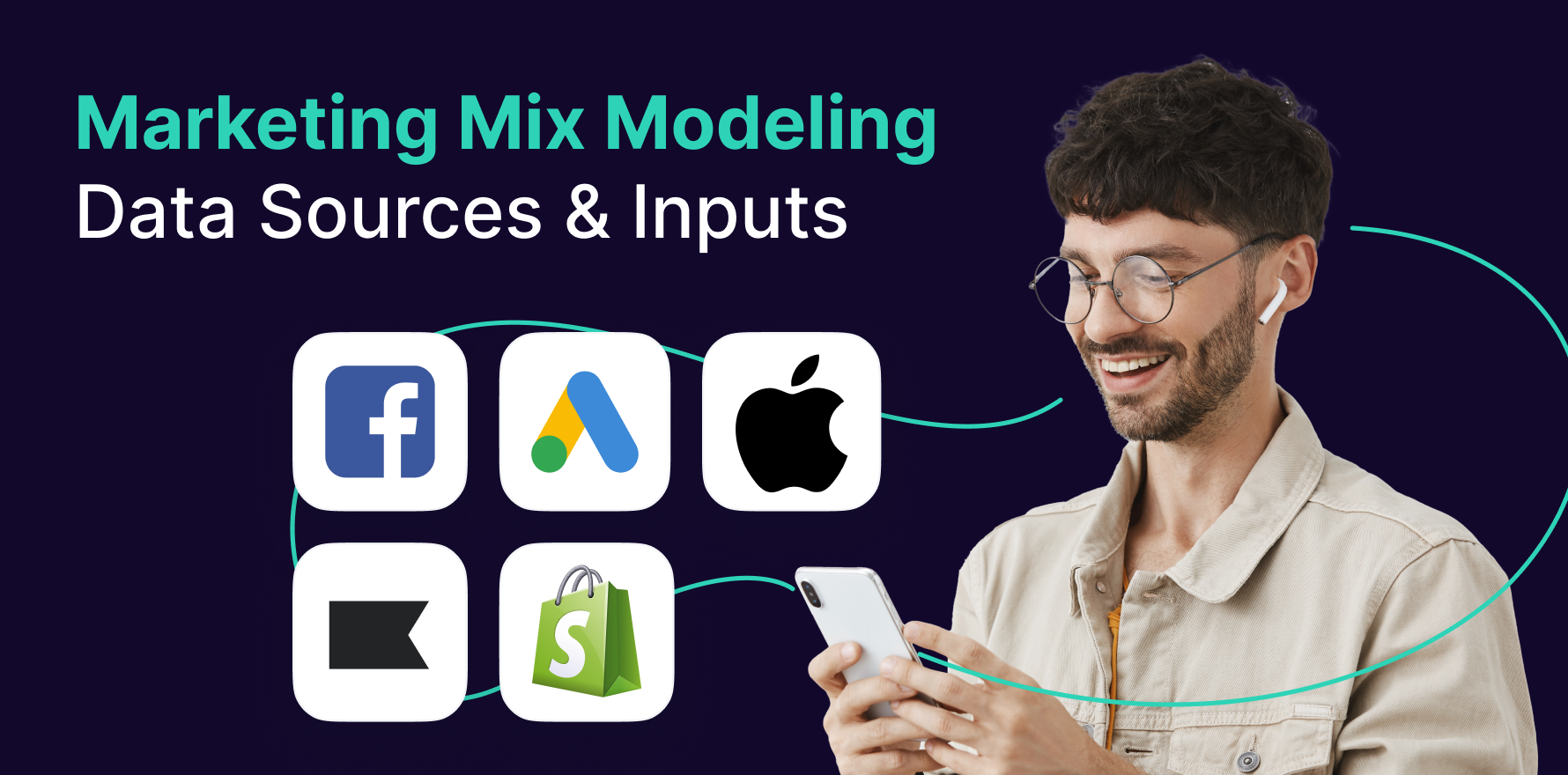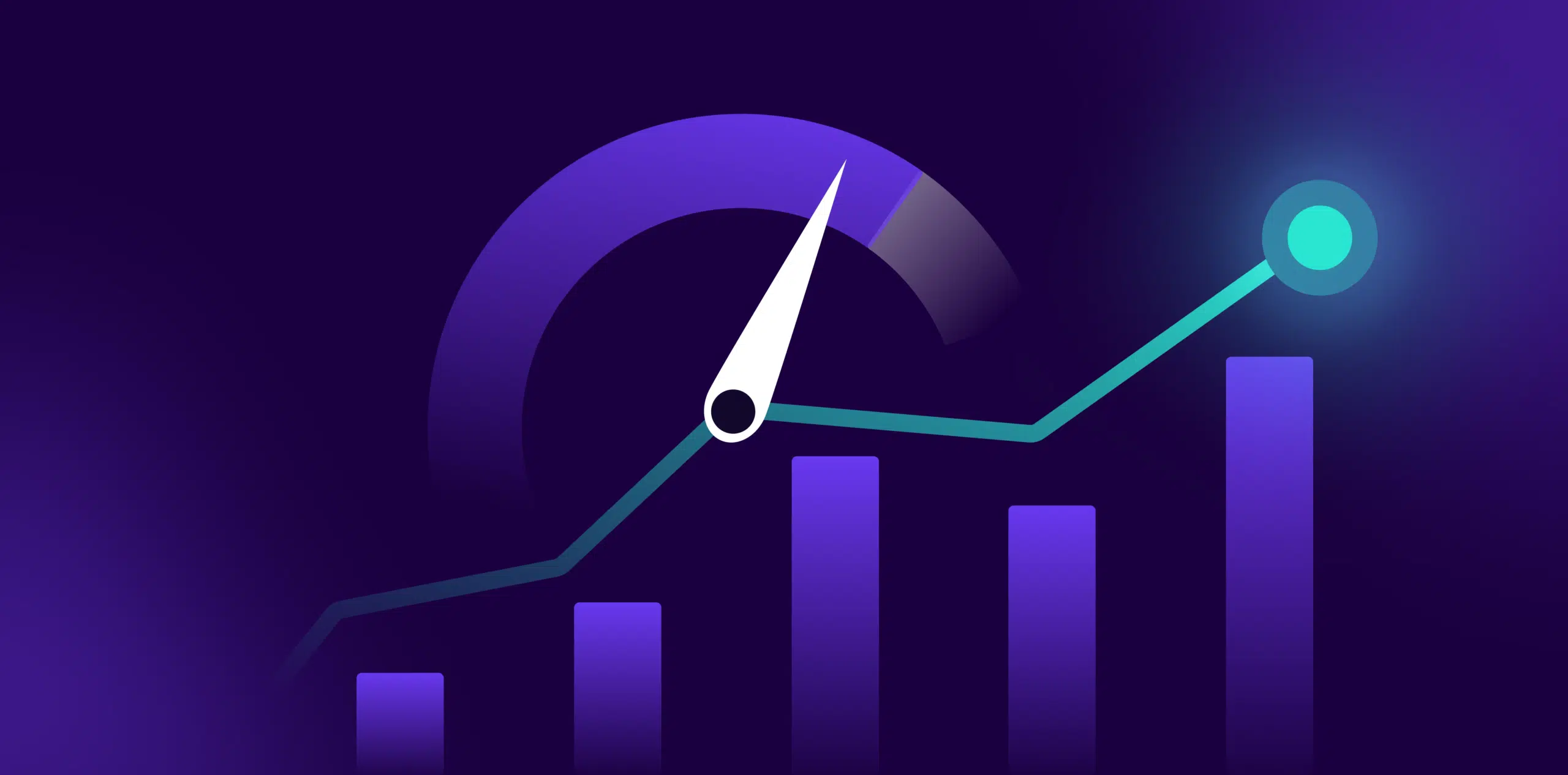What is Likes per post?
The number of likes a post receives is an essential factor in understanding engagement online. Likes represent a tangible way to measure engagement, because a like indicates that customers respond to a post positively. To get an accurate insight into this metric, businesses can use Likes Per Post.
Formula
Formula: Total Likes / Total Posts in Period
Example
For example, if a brand creates 10 posts and receives 300 likes in a week, the Likes Per Post metric looks like this: 300 Likes/ 10 Posts = 30 Likes Per Post.
Why is Likes per post important?
Having accurate information about Likes Per Post helps companies track post performance and reach. Watching this metric also helps businesses keep track of how their average post is resonating with their target audience. It also helps identify whether their posts are attracting new customers or the same ones, and can inform strategies to maximize customer reach.
Which factors impact Likes per post?
To maximize Likes Per Post, it is important for businesses to invest in good post content. Posts should always be tailored to the target audience, and should offer a unique benefit to the audience when compared to their competitors. To capitalize on the maximum potential of Likes Per Post, it’s also recommended to use stories, videos, and memes to keep the content vibrant and engaging.
How can Likes per post be improved?
The most common factor that affects Likes Per Post is the quality of the content. Poorly crafted posts that don’t appeal to their target audience can expect fewer likes. Other factors such as the time of day the post is being published, the number of hashtags used, and the presence of visuals can also affect the number of likes a post receives.
What is Likes per post’s relationship with other metrics?
The Likes Per Post metric is closely related to other eCommerce metrics such as the Engagement Rate, Reach, and Audience Growth Rate. Knowing this metric helps businesses determine how successful their engagement strategies are in bringing in new customers. Companies can also use this metric to measure how effective their customer acquisition strategies are in the long term.
Free essential resources for success
Discover more from Lifesight






















































